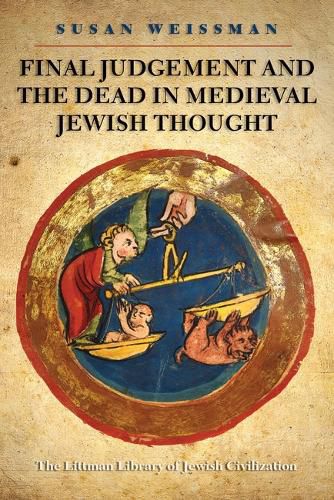Readings Newsletter
Become a Readings Member to make your shopping experience even easier.
Sign in or sign up for free!
You’re not far away from qualifying for FREE standard shipping within Australia
You’ve qualified for FREE standard shipping within Australia
The cart is loading…






Through a detailed analysis of ghost tales in the Ashkenazi pietistic work Sefer ?asidim, Susan Weissman documents a major transformation in Jewish attitudes and practices regarding the dead and the afterlife that took place between the rabbinic period and medieval times. She reveals that a huge influx of Germano-Christian beliefs, customs, and fears relating to the dead and the afterlife seeped into medieval Ashkenazi society among both elite and popular groups. In matters of sin, penance, and posthumous punishment, the infiltration of Christian notions was so strong as to effect a radical departure in Pietist thinking from rabbinic thought and to spur outright contradiction of talmudic principles regarding the realm of the hereafter. Although it is primarily a study of the culture of a medieval Jewish enclave, this book demonstrates how seminal beliefs of medieval Christendom and monastic ideals could take root in a society with contrary religious values-even in the realm of doctrinal belief.
$9.00 standard shipping within Australia
FREE standard shipping within Australia for orders over $100.00
Express & International shipping calculated at checkout
Through a detailed analysis of ghost tales in the Ashkenazi pietistic work Sefer ?asidim, Susan Weissman documents a major transformation in Jewish attitudes and practices regarding the dead and the afterlife that took place between the rabbinic period and medieval times. She reveals that a huge influx of Germano-Christian beliefs, customs, and fears relating to the dead and the afterlife seeped into medieval Ashkenazi society among both elite and popular groups. In matters of sin, penance, and posthumous punishment, the infiltration of Christian notions was so strong as to effect a radical departure in Pietist thinking from rabbinic thought and to spur outright contradiction of talmudic principles regarding the realm of the hereafter. Although it is primarily a study of the culture of a medieval Jewish enclave, this book demonstrates how seminal beliefs of medieval Christendom and monastic ideals could take root in a society with contrary religious values-even in the realm of doctrinal belief.